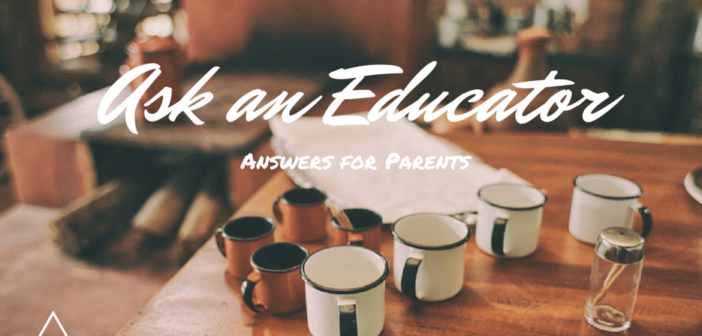For our new column, Ask an Educator, we turn to educators, whether teachers, tutors, or principals, to answer frequently asked questions from parents. To send in your question, email jessicasuotmaa@beijing-kids.com.
This week, our question is:
“How can I help my child read Literature more effectively?”
Answering for us is Kelly McNerney, Content Developer and Educational Consultant at Shang Learning.

I often begin Literature or “Novel Reading” classes by asking students about how and when they learned to read. Most often, they reply that they learned to read when they were between 4-6 years old, by sounding out words, learning phonics and spelling, and so on, and have received no reading instruction since then.
Having worked primarily with High School and University Students, I believe reading instruction and guidance should continue all the way through their university years, particularly when it comes to reading and writing about Literature.
Literature, like all academic subjects, has its own vocabulary, conventions, and expectations, and the point where most students hit roadblocks is when they are asked to write critically about a Literary Text they have read. Nevertheless, I find that the root of the difficulty with assignments such as these actually lies in reading.
Analytical writing requires critical reading. Obviously, one cannot write well about something he or she does not understand fully—more specifically, if one does not have the practice of reading and responding to literary texts in line with the expectations of the discipline. Maybe our students understand what they’ve read on a surface level, but how do they start to develop the vocabulary of literary analysis?
To begin developing these skills, there are plenty of relatively simple and concrete tools and actions that students can take, both during and after their reading, that will improve their ability to effectively read, process, discuss, and write about literary texts. Below is a list of a few tried and true reading practices you can suggest that your student(s) experiment with in order improve their understanding of literary texts:
- Annotation: This is term that simply means “marking” a text while reading. There are a million ways to annotate! Underlining or highlighting words, drawing, writing questions, adding punctuation (?, !), bracketing, circling, and so on, and those are just a few of the many ways to annotate. It doesn’t matter exactly how a student chooses to annotate, rather that they begin to develop their own individualized system for communicating with themselves about what they are reading, while they are reading.
They must write in their books! Annotation guarantees active and engaged reading, and implicitly teaches students to pay attention to their own reactions to whatever it is that they are reading—whether it’d be confusion, anger or humor. Annotation leaves a map for students to follow when they return to the text for class discussion, or in preparation for an essay.
- Reading Logs + Sustained Silent Reading: Reading is a habit, and hopefully a joyful one! Many students don’t have the experience or practice of setting aside a fixed time (free of distraction) dedicated solely to reading. A reading log can help students develop a sense of routine, and the awareness of the practice of reading as a skill, just as they might practice for piano or soccer. In a reading log, the student makes note of what time they began reading, how long they read for, and how many pages they read. Remember, no distraction means no phones, no music, no one else in the room talking to them. Another great aspect of reading logs is that students have a visible record of their improvement over time, which is further encouragement to keep reading.
- Dialectical Journals/Reading Response Journals: Although students may resist Dialectical Journals for the effort and time they require, they tend to make an enormous difference in the comprehension of literary texts. These types of “Reading Response” Journals typically have a number of columns for different categories for the student to make notes and reflect on, after reading a particular section or chapter of a text.
It is easy to make your own dialectical journal by using a ruler to vertically divide pages in a notebook into 4 or 5 columns (depending on how many areas you’ve chosen to take notes on.)
There are a lot of categories or possible columns you could include in a dialectical journal. For example, for a novel, I would generally suggest beginning with the following columns:
- Events (Plot): Brief notes or a short summary about the major occurrences that took place in the chapter or section of the text.
- Character: Notes about anything and everything pertaining to the characters in the book: Physical descriptions, impressions, attitudes, dialogue, personality traits, etc.
- Quotations: 2 or 3 quotations from the chapter that the student found particularly interesting, insightful, or even confusing.
- Questions: Asking questions about the text is imperative! Why would this character want to do x, y or z? Why would the author make x decision? What will happen next?
Most importantly, although students will have assigned texts for school, encourage them to find and read novels that they enjoy. The more joy they discover in reading, the more they will naturally develop the reading skills they can later apply to a wide variety of texts!
Photo courtesy of Kelly McNerney




